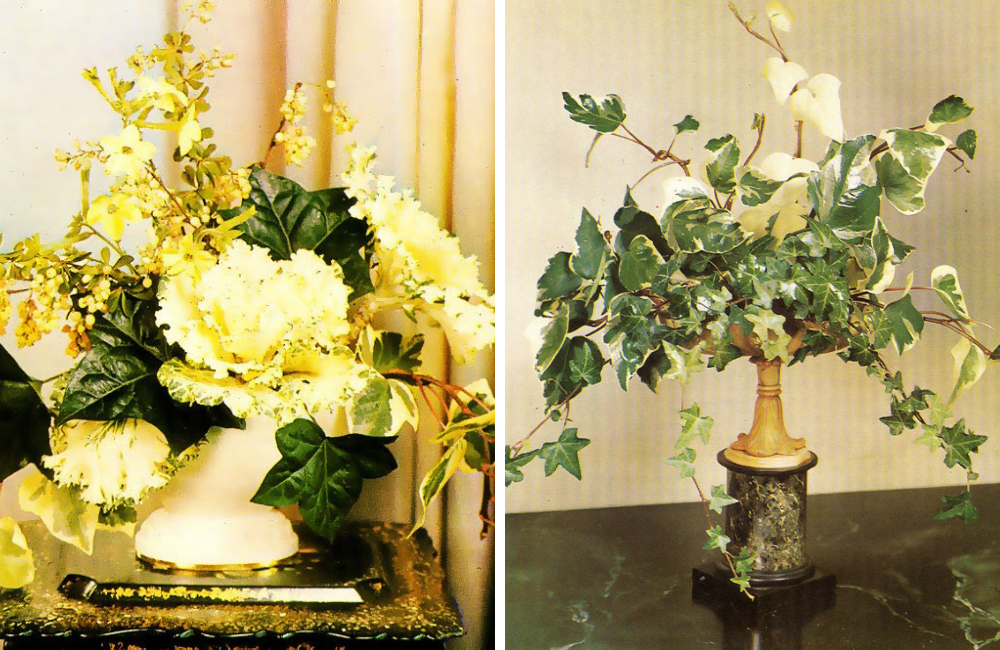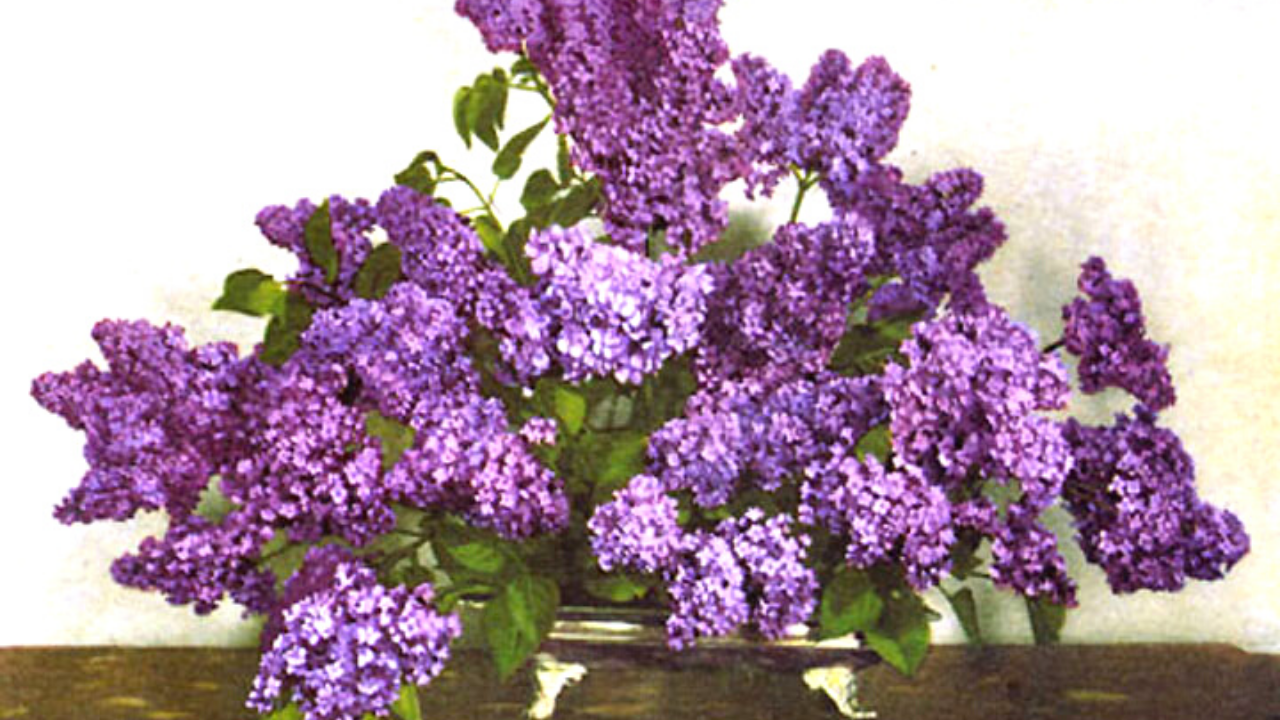Constance Spry | Part Four
We're made it to the final part of our Constance Spry series on the last day of Women's History Month!
This is the last part of the Diary’s look at one of the seminal designers of the 20th century and indeed one of the pioneers of modern floristry as we know it today. I do hope that it was useful and that upon reflection it illustrates that in order to see our way forward we frequently need to look back.
Part Four: Constance Spry in her Own Words
FD
Gypsophila paniculata is a delicate, fine, airy, graceful plant, far too often ruined in decoration by being broken up into small pieces and used to fill gaps in arrangements of other flowers. I had always found it a difficult subject to use indoors, until one day I found what I thought to be the right place for it…A very large fish-bowl (bubble bowl) filled with water, and in this a spreading, shapely arrangement of gypsophila, without the addition of any other flowers, found a setting which emphasized its special characteristics.
GN

In addition to the general decorative flower arrangements in a room it is pleasant to find, in suitable places, what I may call intimate flowers. On a writing table or a low fireside table, the exquisiteness of one gardenia set in its leaves, a spray of stephanotis, or a white camellia is appreciated by discerning people.
FD
It is a curious thing that, in spite of the superb examples set before us in the pictures of the great Flemish and Dutch painters, we are apt to neglect what I must call, for want of a better name, the mixed bunch.
FD
Even in the most expensive restaurants there is still to be seen that irritating little vase which is just in the way on a small table, and one either pushes it aside or an observant and obliging waiter removes it. Even if it is not a positive nuisance it is rarely an actual pleasure…Why have flowers on the tables at all? Why not concentrate the supplies into one or two groups placed at vantage points?
FD
.png?width=1200&name=Constance%20Spry%20(2).png)
FD
Long-stemmed tulips are magnificent flowers to arrange, but I do not like to see the quality of their line and stem and the dignity of their form left unconsidered. For instance, if you take a bunch of tulips and stick them into a trumpet-shaped vase, you have done little or nothing to help them display their essential qualities.
GN
I sometimes take a wide glass tank, anchor ferns to the bottom of it with lumps of crystal or white pebbles, and fill it with water. The ferns under water look cool and pretty. I do this rarely, because this sort of trick does not generally appeal to me and I definitely dislike seeing flowers submerged in water, probably because, although they may look pretty, I know they are beginning to soften and decay.
GN

FD = Taken from Flower Decoration, by Constance Spry, Dent, 1934
GN = Taken from Garden Notebook, by Constance Spry, Dent, 1940
Acknowledgments:
I should like to thank Mr. Fred Wilkinson, and Mr. Bruce Frost, of Constance Spry Ltd for their assistance, and also for permission to use the photographs, and quotes. I am extremely grateful to them as this article, in four parts, would not have been possible without their cooperation. Flower Decoration, and Garden Notebook, by Constance Spry, I can highly recommend.
